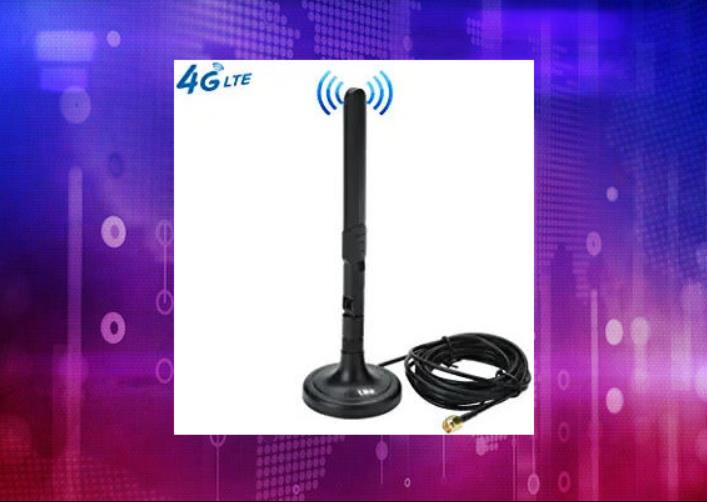4G GSM Antenna | Types, Advantages, and Buying Guide
Table of Contents:
I. Introduction
- Definition of 4G GSM antenna and its role in modern telecom networks
- Brief overview of the importance of choosing the right 4G GSM antenna
II. Types of 4G GSM Antennas
- Dipole Antennas
- PIFA Antennas
- Patch Antennas
- Planar Inverted-F Antennas
- Yagi Antennas
III. Advantages of 4G GSM Antennas
- Faster Data Rates
- Better Coverage
- Enhanced Signal Strength and Reception
- Improved Voice Quality
- Increased Network Capacity
IV. Factors to Consider When Choosing a 4G GSM Antenna
- Frequency
- Gain
- Polarization
- Radiation Pattern
- Compatibility with Your Device
- Brand Reputation and Customer Support
V. How to Install 4G GSM Antennas
- Best Practices for Installation
- Tips for Maximizing Performance
- Challenges to Watch Out For
VI. Expert Advice on 4G GSM Antennas
- Analysis of the Latest Trends in 4G GSM Antenna Technology
- Expert Commentary on Best Practices and Common Mistakes
- Tips for Saving Money While Ensuring Quality
VII. Conclusion
- Recap of the Major Takeaways from This Guide on 4G GSM Antennas
- Final Thoughts on the Importance of Choosing the Right 4G GSM Antenna for Your Needs

I. Introduction
4G GSM antennas are critical components of modern telecom networks, allowing for high-speed, reliable wireless connectivity. However, with so many different types and models available, choosing the right 4G GSM antenna can be a challenge. In this section, we’ll provide an overview of 4G GSM antennas, explaining their role in telecom networks and why it’s essential to choose the right one for your specific needs.
II. Types of 4G GSM Antennas
There are several types of 4G GSM antennas available on the market, each with its own unique advantages and disadvantages. This section will explore the most common types of 4G GSM antennas, including dipole antennas, planar inverted-f antennas (PIFA), patch antennas, Yagi antennas, and planar antennas. By understanding the differences between these antennas, you can make an informed decision about which one is right for your needs.
III. Advantages of 4G GSM Antennas
4G GSM antennas offer various benefits over other types of antennas, including faster data rates, better coverage, enhanced signal strength and reception, improved voice quality, and increased network capacity. This section will take a closer look at each of these advantages, explaining how 4G GSM antennas achieve them and why they are essential for modern telecom networks.
IV. Factors to Consider When Choosing a 4G GSM Antenna
When shopping for 4G GSM antennas, there are several factors to keep in mind, such as frequency, gain, polarization, radiation pattern, device compatibility, brand reputation, and customer support. This section will provide a detailed guide to each of these factors, helping you make an informed decision when selecting a 4G GSM antenna for your network.
V. How to Install 4G GSM Antennas
Installing 4G GSM antennas can be a complicated process, and there are several best practices, tips, and challenges to consider. In this section, we’ll provide guidance on how to install 4G GSM antennas, highlighting tips for optimizing performance and highlighting common challenges that network administrators should watch out for.
VI. Expert Advice on 4G GSM Antennas
To provide deeper insights into 4G GSM antenna technology and trends, this section will feature expert commentary from industry insiders, analyzing the latest developments and discussing best practices and common mistakes to avoid. You’ll also find tips on how to save money without sacrificing quality when selecting and installing 4G GSM antennas.
VII. Conclusion
In conclusion, 4G GSM antennas are critical components of modern telecom networks and are essential for delivering high-quality wireless connectivity. By understanding the different types of 4G GSM antennas, their advantages, and the critical factors to consider when shopping for them, you can make informed decisions about your networking needs. With the right knowledge and guidance, you can ensure that your 4G GSM antenna investments deliver the performance, reliability, and scalability your network requires.

 Mobile Signal Booster
Mobile Signal Booster